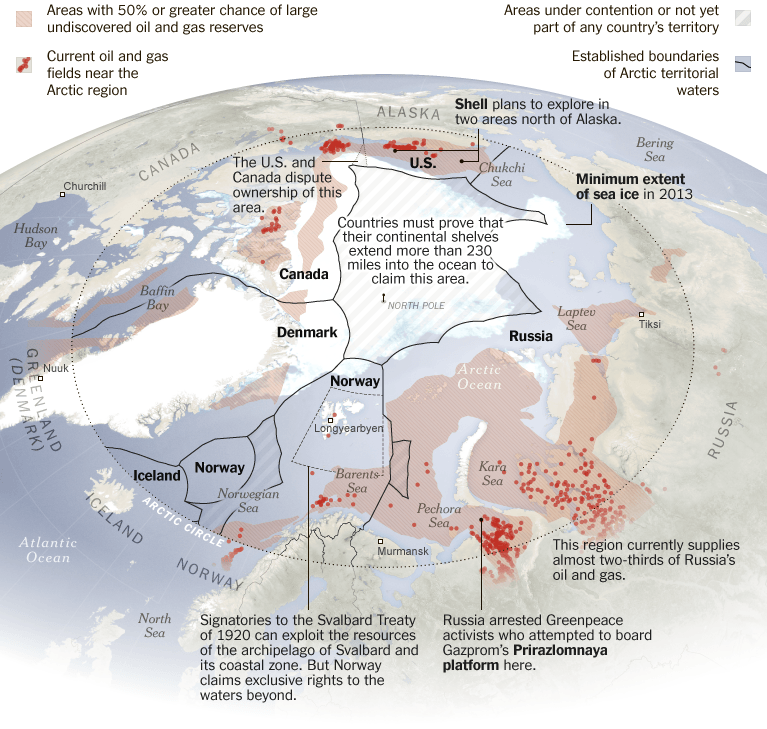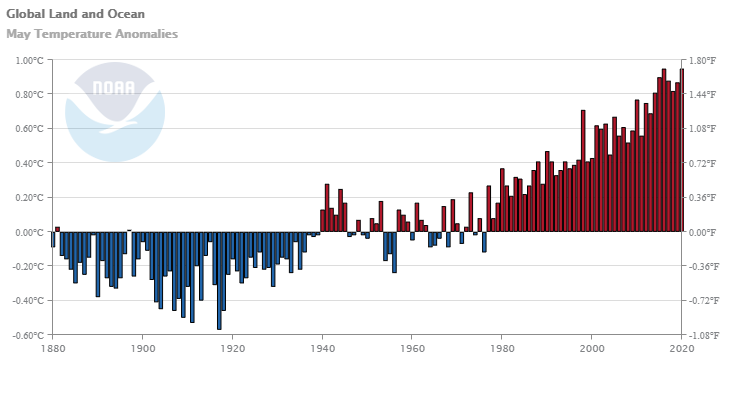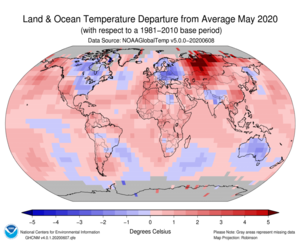St. Phatty
Active member
They don't have any "management' of any type when it comes to the environment. Certainly not like Finland where they rake the forest floor.biggrin
I doubt they have forest management in any real sense of the word. Walking the bush with your babushka is about as management as it gets.
China's worst wildfire was in 1987 on the Russian border.
GOD ALMIGHTY !!! Russia should try some genuine "foreign relations" and help China out when there's a fire that straddles the border.
It was in Northeast China & earned the name "Black Dragon Fire". Major death toll, China had all their firefighters on the front lines.
and Russia ... just sat there.
named the "Heilongjiang" fire (Heilong = Black Dragon).
The part of Russia that got burned ... Siberia.
https://en.wikipedia.org/wiki/1987_Black_Dragon_fire












